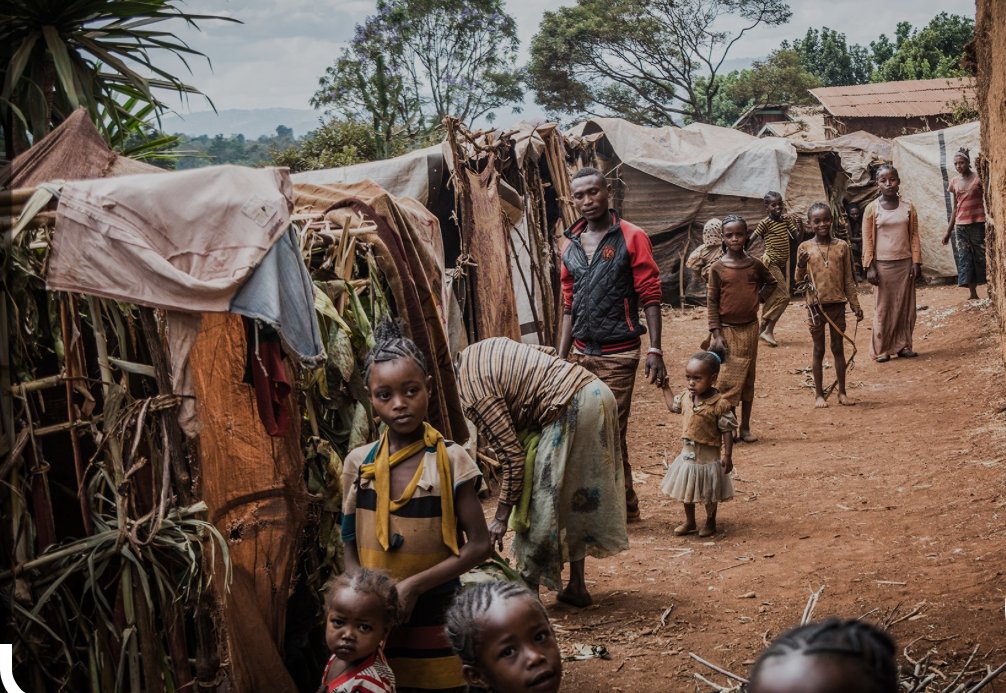Republished by Horn Africa News
Source: jurist.Org
Mahmoud Chahrour | U. Ottawa Faculty of Law, CA
Refugees International on Wednesday called for urgent donor support and policy coordination as Kenya moves to implement major reforms to its refugee system amid sharp foreign aid cuts and ongoing legal and administrative challenges.
The group’s latest report warns that Kenya’s integration efforts, anchored in the 2021 Refugee Act and reinforced by the March 2025 Shirika Plan, are at risk of faltering just as implementation begins. The plan aims to phase out the traditional refugee camp model in favor of long-term inclusion through access to national services, legal employment, and freedom of movement.
However, those reforms now face a shrinking aid environment. The United States, formerly Kenya’s largest humanitarian donor, has drastically reduced funding. As a result, food assistance for nearly 800,000 refugees has already been slashed by 40 percent. Education programs have been suspended, health systems are strained, and refugee-led protests have erupted in places like Kakuma. In its August update, the World Food Programme (WFP) reported that over one-third of refugees in Kenya will receive no food at all. Regina Ngole, a refugee from South Sudan, informed aid workers that her rations for June and July had already run out. Her two-year-old child has been hospitalized multiple times for malnutrition, prompting visits from community health workers who say similar cases are rising.
Kenya’s two largest camps, Kakuma and Dadaab, have long housed refugees from Somalia, South Sudan and the Democratic Republic of Congo. Many residents have spent decades there, with some born and raised entirely within the camp system. The Shirika Plan, developed with support from the World Bank and UNHCR, outlines a roadmap to shift away from this encampment model. Yet its initial phase carries a nearly $1 billion price tag, and donors have yet to commit to a coordinated funding strategy.
The report also raises concerns about the exclusion of refugee-led organizations (RLOs) from the decision-making process. These groups played a critical role during the COVID-19 pandemic and often deliver services at lower cost and with greater community trust. Refugees International recommends integrating RLOs into the Shirika Plan’s oversight mechanisms and ensuring they receive direct funding and leadership roles in policy development.
One unresolved issue involves the definition of “designated areas” for refugee movement under Kenyan law. While the 2021 Refugee Act affirms a right to freedom of movement, it conditions that right within unspecified “designated areas,” which have yet to be formally mapped or clarified by the government. In practice, this has created confusion over whether refugees can legally live or work outside camp-adjacent zones such as Kakuma and Dadaab.
While Kenya’s refugee policy has earned praise for its ambition, a recent ruling by the High Court in Garissa highlights deeper structural risks. In January, the court found that tens of thousands of ethnic Somali Kenyan nationals had been wrongly classified as refugees due to registration practices dating back to the 1990s. As a result, many were denied citizenship documents and locked out of public services. While the court ruled in favor of the affected individuals, concerns remain over whether the decision will be fully and effectively implemented.





